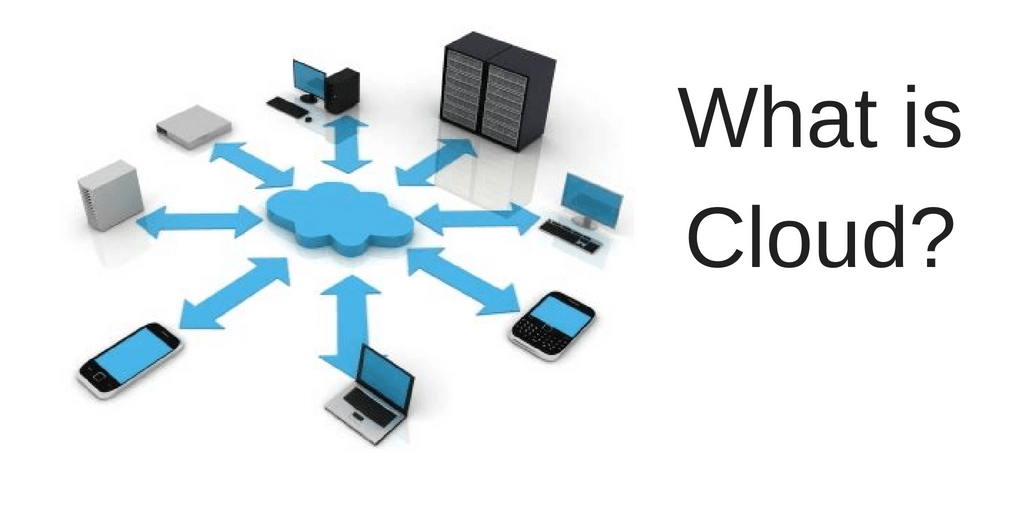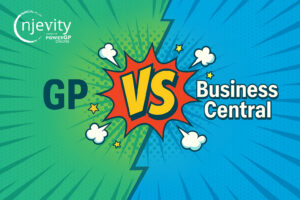What is Cloud really? The term cloud means different things to different people. For anyone looking for a new business solution, the term cloud can get confusing because not all clouds are the same.
In this blog we will breakdown the cloud terminology and define the most commonly used words to give you insights into these topics:
- SaaS vs IaaS vs PaaS
- Public vs Private vs Hybrid
- Service Level Agreement (SLA)
- Compliance
What is Cloud? SaaS vs IaaS vs PaaS
Infrastructure as a Service (IaaS)
Essentially IaaS is renting servers in the cloud. The hardware is hosted for you and you pay for usage and resources (RAM and processor). You responsible for everything else. It doesn’t include any services.
Everything you install on the servers is up to you to maintain and support.
For example, if you didn’t want to use Office 365, you could get an Azure Virtual Machine (VM) and install exchange on it and deploy email. If something goes wrong and the email service goes down, it would be your responsibility. Microsoft ensures that the server is running, not what is running on it.
Microsoft Azure VM’s are an example of IaaS.
Platform as a Service (PaaS)
PaaS is a platform that has cloud services running that you can take advantage of. The services are for developers at this time but will most likely change. Internet of Things, Artificial Intelligence and Machine Learning are a few services available in the Azure Platform.
The services on Azure gives you the opportunity to solve business problems in a unique way.
Software as a Service (SaaS)
With SaaS, everything is managed by the cloud provider and you get access to the solution through the internet. Backups, patches, upgrades are all included. SaaS solutions offer guarantees in regard to availability.
Office 365 is a Saas application. PowerGP Online is one too.
Not all Clouds are the same: Public vs Private Cloud vs Hybrid
We’ve covered the types of services you can get in cloud, now let’s drill into the various types of cloud offerings.
Public Cloud
In a public could companies share hardware, processing and environment which provides scalability. Public cloud generally has a lower total cost and also have no setup fees or upgrade fees. The contracts are normally short like monthly or quarterly, but not always. Some providers give you a monthly price but require a year up front.
Since you are sharing an environment, direct access isn’t allowed which gives you less control, but you can integrate with other applications using an integration tool called an API.
When using a public cloud, it’s important to trust the provider since they will be managing your entire solution. They have control over your data, so make sure to understand your rights. They will also be the one to make things easy for you.
PowerGP Online is a public cloud offering.
Private Cloud
Private cloud is using a PaaS with the maintenance usually outsourced to a cloud hosting provider. It’s generally a higher total cost because you have dedicated resources and hardware plus setup and upgrade fees. You get to keep control with direct access to the severs. In a private cloud, you can replicate your on premises deployment almost exactly. The hardware is just located somewhere else.
Things to consider in a private cloud is who will maintain your deployment. You will have the same problems you experienced with you in house deployment and potentially others that are cloud related. Most private cloud providers offer a managed service to assist you with upgrades, security, and maintenance.
Njevity has a private cloud offering.
Hybrid
Hybrid combines public and private cloud that shares the less important resources and keeps the important resources private. In relation to an ERP system, a hybrid cloud has a dedicated SQL environment where you get direct access to your data, but share front end servers, identity providers and back/networking systems.
A hybrid cloud has the same challenges as a private cloud.
Not all clouds are the same: Understanding the various options gives you the ability to pick what is best for you. Also, a cloud strategy could be starting with one and moving to another over time as you chose.
Service Level Agreement (SLA)
When in a cloud environment it’s important to know how stable the cloud environment you are going to is and what type of guarantee you are agreeing to. The SLA has the benefits that the cloud provider will give you related to backups, retention, disaster recovery, redundancy, uptime and administrative rights.
Pro Tip: Make sure you know who owns the data. Make sure it’s you and that if you want to leave a cloud you get the data without any hassle.
The SLA should include answers to these important questions:
Backup Policy
- How often do you make backups?
- How often do you perform restore testing?
- How long does it take to perform a restore once it has been requested?
Retention Policy
- How long do you keep Backups?
- How long do you archive Backups?
Disaster Recovery
- What is your plan if your primary data center fails?
- Hot/Warm/Cold Failover
- Off-site data
Uptime/Downtime
Every uptime guarantee starts with the number nine, but not all are the same. As you can see in this table, a fraction of a percent could be very important especially depending on your industry.
Now that you have a good understanding of what cloud is related to ERP, what should you do next? In future blogs will drill into this topic more giving you more value. Until then:
To learn more about cloud visit www.PowerGPOnline.com. To talk to a cloud expert contact us at sales@PowerGPOnline.com.









